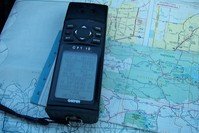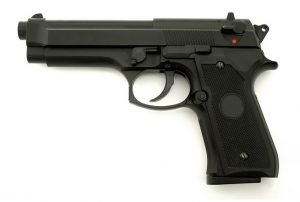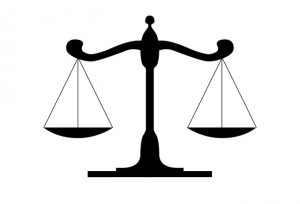 In a recent decision, Commonwealth v. Thomas, the Supreme Judicial Court made several important pronouncements in reference to its decision in Commonwealth v. Silva-Santiago, 453 Mass. 782 (2009), and subsequent developments.
In a recent decision, Commonwealth v. Thomas, the Supreme Judicial Court made several important pronouncements in reference to its decision in Commonwealth v. Silva-Santiago, 453 Mass. 782 (2009), and subsequent developments.
The background was as follows. The defendant and a woman named Johnson were passengers in a vehicle driven by Johnson’s cousin, Humphrey-Frazer. As the vehicle approached a group of people standing in front of a house, “[t]he defendant leaned out of the rear driver’s side window and fired” several shots toward the group. “The defendant’s gunshots were met by return fire; a bullet penetrated a window of the vehicle and struck Humphrey-Frazer in the head, killing him.” During the police investigation of the incident, Johnson told the detectives that she was acquainted with the defendant and “would recognize him if she saw him. The detectives then stopped the interview in order to perform an identification procedure. They presented Johnson with a computer screen that simultaneously displayed photographs of eleven individuals” and asked her if any of the individuals was involved in the incident. Johnson selected the defendant’s image as depicting the person she had observed firing a gun out of the window of the vehicle. Although Johnson said that she had seen the gun, “her description of [it] provided no detail that would suggest that she could identify anything more than its type.” “After the interview [of Johnson], an arrest warrant issued against the defendant.” Subsequently, the police observed the defendant “riding a motorized scooter [after dark] and pursued him, using their lights and sirens in an attempt to cause him to stop. The defendant drove the scooter [on]to a grassy area” and then back onto the street, where he was apprehended. “The next morning, a canine unit from the State police searched the grassy area and found a [loaded] handgun.” Subsequently, the police showed that gun to Johnson who, in response to improperly suggestive questioning by the detectives, asserted that it “‘look[ed] just like’” the weapon fired by the defendant during the incident in which Humphrey-Frazer was killed. The police then made inappropriate confirmatory statements to Johnson regarding her identification of the gun. After the return of indictments against the defendant on various charges, he filed a motion to suppress Johnson’s identification of him (which was denied) and her identification of the gun (which was allowed). The parties cross-appealed from those rulings.
In its decision affirming the denial of the defendant’s motion to suppress Johnson’s identification of him, the SJC made the following two significant rulings. First, the failure by the police to follow the “protocol to be used before a photographic array is provided to an eyewitness,” as set forth in Silva-Santiago, 453 Mass. at 797-798, does not necessarily require suppression of the witness’s identification of the defendant. The Court explained that although “an identification procedure without such a protocol is unnecessarily suggestive,” suppression is required only where the procedure “was so unnecessarily suggestive as to deprive the defendant of due process.” The Court concluded that such suggestiveness was not present here, where, because Johnson knew the defendant from prior interactions, the risk of misidentification was diminished. “[I]n these circumstances,” opined the Court, “the detectives’ failure to follow the [Silva-Santiago] protocol, standing alone, did not warrant suppression of Johnson’s identification of the defendant.” Second, the SJC — noting the disagreement within the scientific community as to whether sequential photographic arrays are superior to simultaneous arrays in identification procedures — declined to state a preference for either one of the methods over the other. In the Court’s view, “the decision whether to use a simultaneous or a sequential procedure is best left to law enforcement, and the choice will continue to bear on the weight of the identification, but not on its admissibility.” Therefore, the Court rejected the defendant’s argument “that the identification procedure [utilized here] was unnecessarily suggestive because the eleven photographs in the array were shown to Johnson simultaneously rather than sequentially.” Continue reading →
 Massachusetts Criminal Lawyer Blog
Massachusetts Criminal Lawyer Blog










